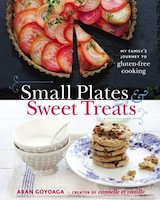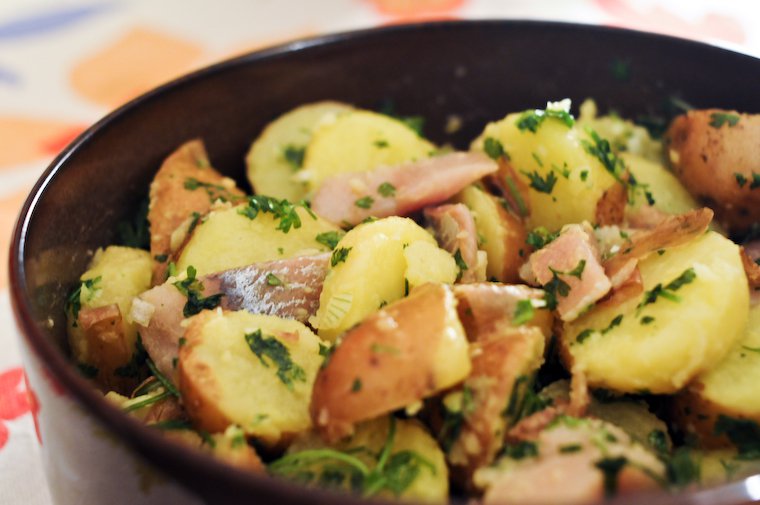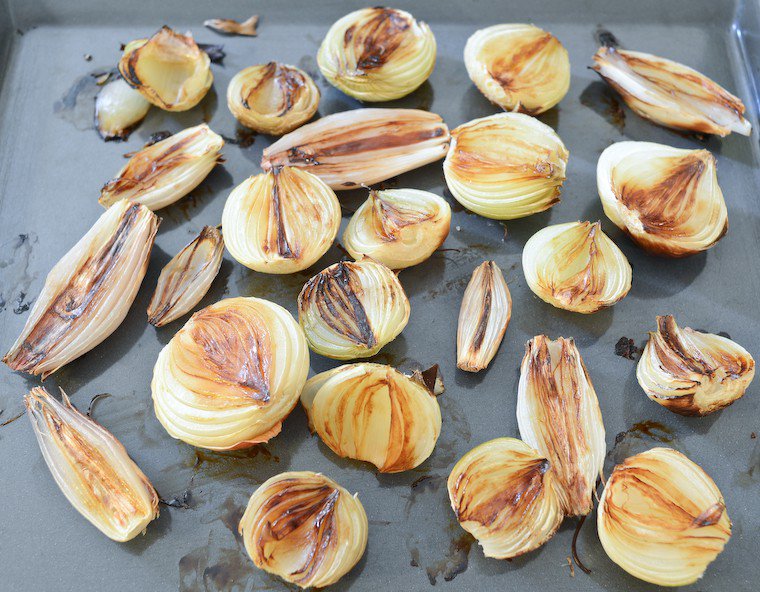
Aran with Jon and Miren, photographed by Marcus Nilsson.
Parents Who Cook is a Q&A series in which I ask my guests about how their cooking has changed after kids entered the picture, and pick their brains on their best strategies to cook with little ones underfoot.
Aran Goyoaga is the talented baker, stylist, photographer, and writer behind the gorgeous blog Cannelle & Vanille. She was born and raised in the Spanish Basque country, and now lives in Florida with her husband and two children.
 She and I have been in touch for years, and I was delighted to finally meet her in person over lunch when she came to Paris last year, on her way home from teaching one of her workshops in Dordogne.
She and I have been in touch for years, and I was delighted to finally meet her in person over lunch when she came to Paris last year, on her way home from teaching one of her workshops in Dordogne.
Aran has recently released her first cookbook, Small Plates and Sweet Treats, an inspired collection of seasonal, gluten-free recipes, and it is a pleasure to have her as a guest in the Parents Who Cook series.
Can you tell us a few words about your children? Ages, names, temperaments?
I am the mother of a boy, Jon, and a girl, Miren.
Jon, 6, is very emotional, kind, thoughtful, inquisitive (he is a Cancer) and Miren, 3, is spontaneous, independent, and social (she is a Scorpio). They are both very creative as well and love spending time together.
Did having children change the way you cook?
I am sure in a way it made me adapt certain recipes to accommodate their preferences and the textures they were eating at different times in their lives, but overall I would say that the way I cook hasn’t changed much.
Do you remember what it was like to cook with a newborn? Any tips or saving grace for new parents going through that phase?
I am not sure I should reveal this, but when Jon was a newborn, I used to carry him in a sling everywhere. It was the only way he liked to be held (and sleep). So I kept him in the sling while I cooked. I have to admit those first weeks of his life are a bit hazy in my mind today, but I remember cooking very simply.
Continue reading »









